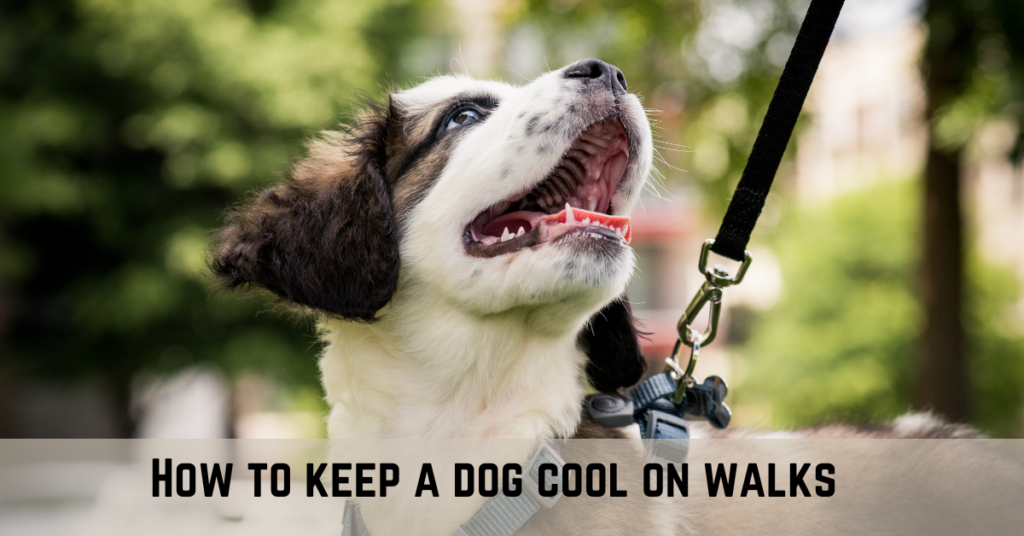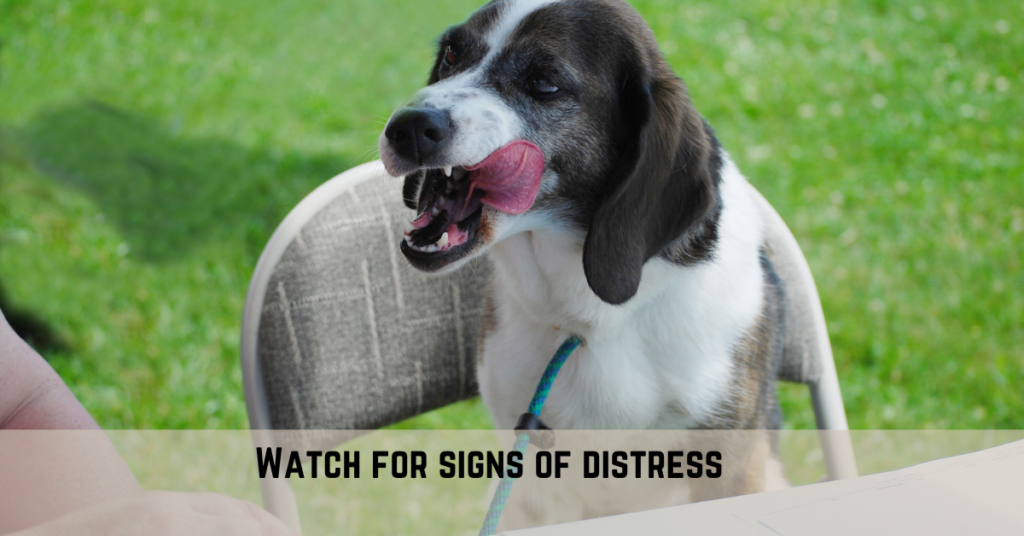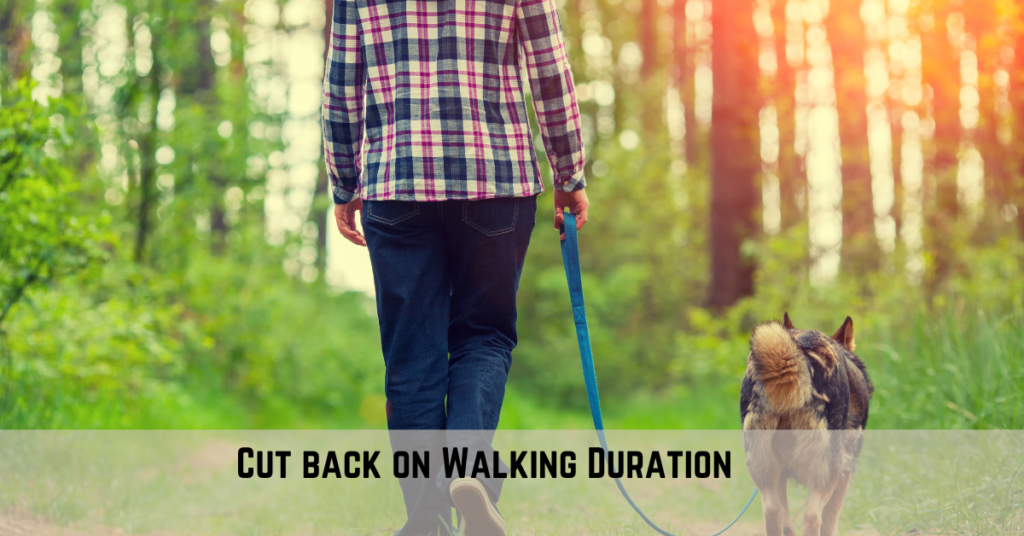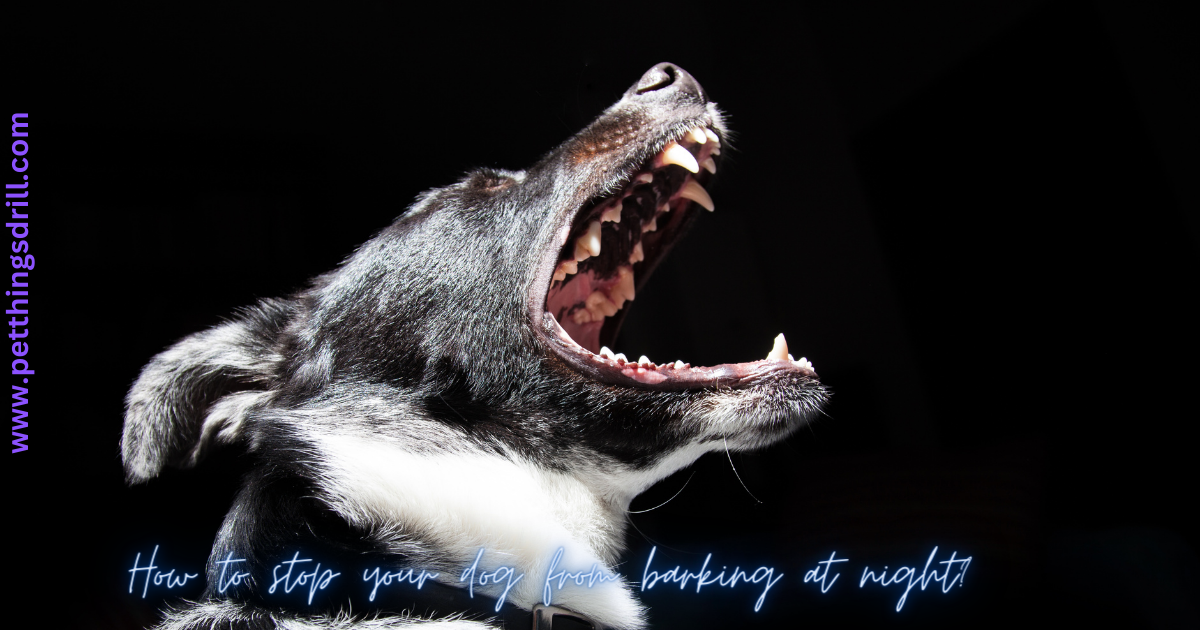


How to keep a dog cool on walks? Heat can impact both human beings and dogs equally. The sweltering weather can make your canine uneasy and make them act weirdly. Every dog has a nature-loving and adventurous soul that keeps them excited about going out. However, excessively hot roads and air can cause unimaginable issues to your canine’s health and well-being. Luckily, you can do a few things to keep your canine safe during the heat wave while making their trip outside fun and easy. Keep reading; this article will uncover tips and tricks to keep your dog calm and cool during walks.
Do not take them out at the hottest time of the day:

There comes a time in the entire day when the temperature reaches its peak, and the sun’s shine is at its peak. This is when your canine can experience distress from high temperatures; thus, taking them on a walk can be troublesome. The ideal time for walking is early morning when the weather is still cool. The morning dew still dampens the ground, making it easy for the dogs to move without burning their paws. This factor also applies to people asking questions like how to keep the dog cool in the car. Do not take out your dog in a car when it’s too hot. Rather, find a cooler time of the day.
Watch for signs of distress:

People keep asking how to keep the dog cool in summer without ac? Pay attention to your canine’s behavior and body language. If they are lagging, seeking shade, or showing signs of exhaustion. It is time to end the walk and get them to a cooler environment. Here are the signs of distress in canines:
- Heavy drooling.
- Excessive panting.
- Glazed eyes.
- Stumbling.
- Disorientation.
- Heatstroke.
If you notice any signs, take your canine to a shelter or a shaded area, give them fluid, and ensure the temperature lowers.
Cut back on walking duration.

Do you want to know how to keep dogs cool in the summer outside? You should not walk your canine for more than a few minutes in hot summer weather because it can make him agitated within no time. Therefore, limiting the duration of treading outside when humid and hot months of the year approach is advised. The warm road can burn the paws and may cause discomfort to the canine.
Make sure the walking route has shaded areas:

Most of the streets in your area be covered with trees and vegetation, especially if you live in a hot temperature. Both plants and trees can regulate the temperature by keeping moisture in the skin and soaking most of the sunlight. Some experts also suggest running your dog through water before taking them outside. The water can reduce the core body temperature and keep them cool even under the sun.
Purchase a good-quality cooling vest for your doggo.

A high-quality cooling vest can be a game-changer when it comes to keeping your furry friend cool and comfortable during walks. Designed with advanced cooling technology, these vests offer a practical and effective solution to beat the heat.
A cooling vest utilizes innovative materials and techniques to regulate your dog’s body temperature. The vest is specifically engineered to provide a cooling sensation when activated, helping to prevent overheating and keeping your pup refreshed during outdoor adventures.
Ensure the availability of fresh cool water:

The availability of fresh water will keep dogs hydrated. When taking your dog out for a walk, bring a portable water bottle that is dog friendly and feeds your pooch water time after the tie. This way, the core body temperature will be maintained, and your dog will enjoy the outside trail more. It is especially important for those who want to know how to keep dogs cool outside.
During hot weather, keep water cool for optimal canine refreshment. Do this by adding a few ice cubes or cool water in an insulated water bottle that helps maintain a lower temperature. This ensures a supply of fresh and cool water even during longer doggo treads.
Be aware of the signs of canine heat stroke.

During hot weather or intense physical activity, dogs are at risk of overheating, which can lead to heat stroke. Some common signs of heat stroke in dogs include excessive panting, rapid breathing, drooling, weakness, vomiting, diarrhea, glazed eyes, and difficulty walking. Your dog may also show signs of distress or agitation.
Acting quickly is crucial if you notice any of these symptoms in your dog during a walk. Find shade or a cool area immediately and try to lower your dog’s body temperature. You can do this by wetting their fur with cool water, applying cold towels or ice packs to their neck, armpits, and groin area, and offering them cool water.
FAQs
1. Can my dog overheat on a walk?
It is generally safer for you to walk the dog in hot summer seasons; however, it is also ensured that you consider the signs of overheating. Temperature up to 68F is ideal for dog walking, and any higher temperature might be dangerous.
2. How do I cool my dog ASAP?
Here are some things you can do to reduce the core temperature of your dog after a walk outside:
- Use cold packs on different body parts of your dog.
- Give them a cold refreshing dog.
- Go for a swim.
- Wet your dog with a hose.
- Keep the cold, humid temperature in the house,
- Create a cool breeze.
- Find your dog a cool spot in the house.
- Keep them in cool air.
3. Does water keep the dog cool?
Keeping your dog standing on wet ground for a few minutes will reduce the body temperature and prevent all signs of heat stroke. Vets also believe that when you wet the paws of the dogs, it calms them down and reduces the body’s heat.
4. How do dogs cool down naturally?
Unlike humans, dogs do not calm down that easily; therefore, the canines release heat through their paw pads and nose. So, naturally, dogs can calm themselves down.
Conclusion:
How to keep a dog cool on walks? Keeping your dog cool on walks is essential for their well-being, especially during the hot summer. Following the tips and strategies mentioned in this article can ensure a safe and enjoyable walking experience for your furry friend. Remember to plan your walks during cooler times, provide shade and rest breaks, use cooling accessories, and be aware of the signs of overheating. Additionally, always prioritize your dog’s comfort and hydration by offering fresh water and monitoring their behavior closely.

